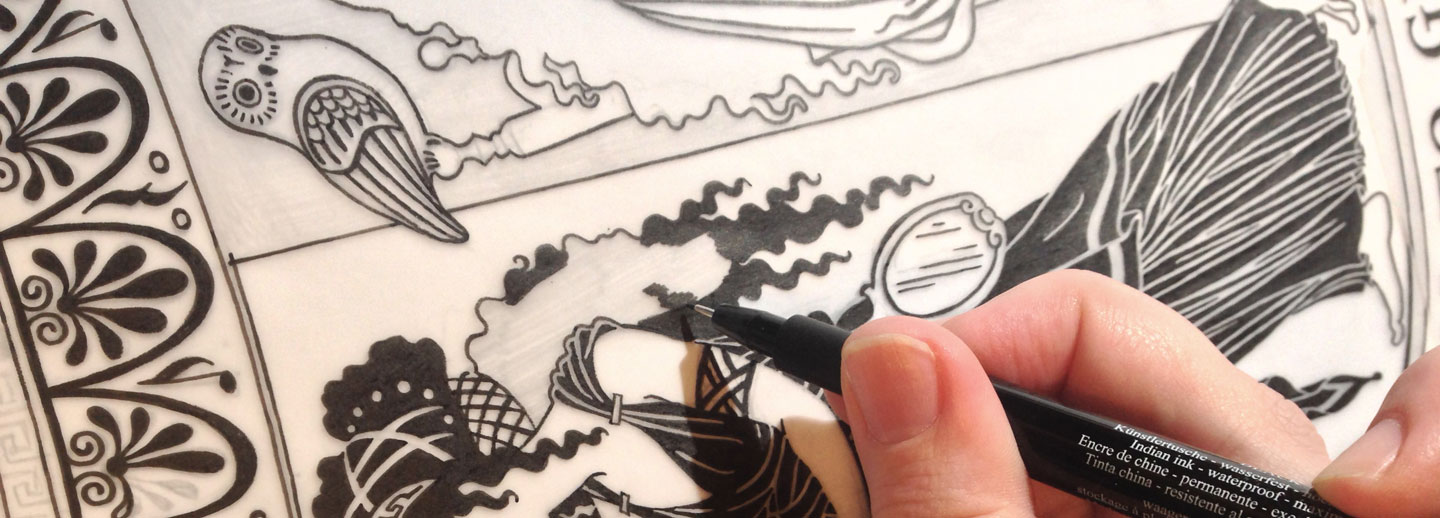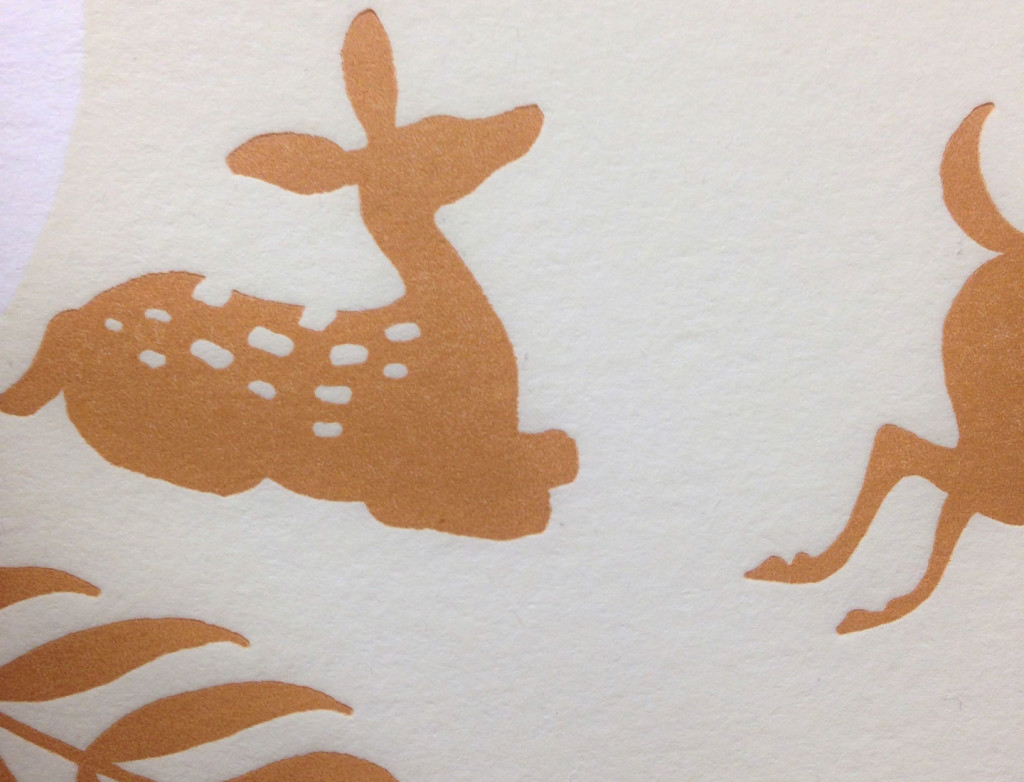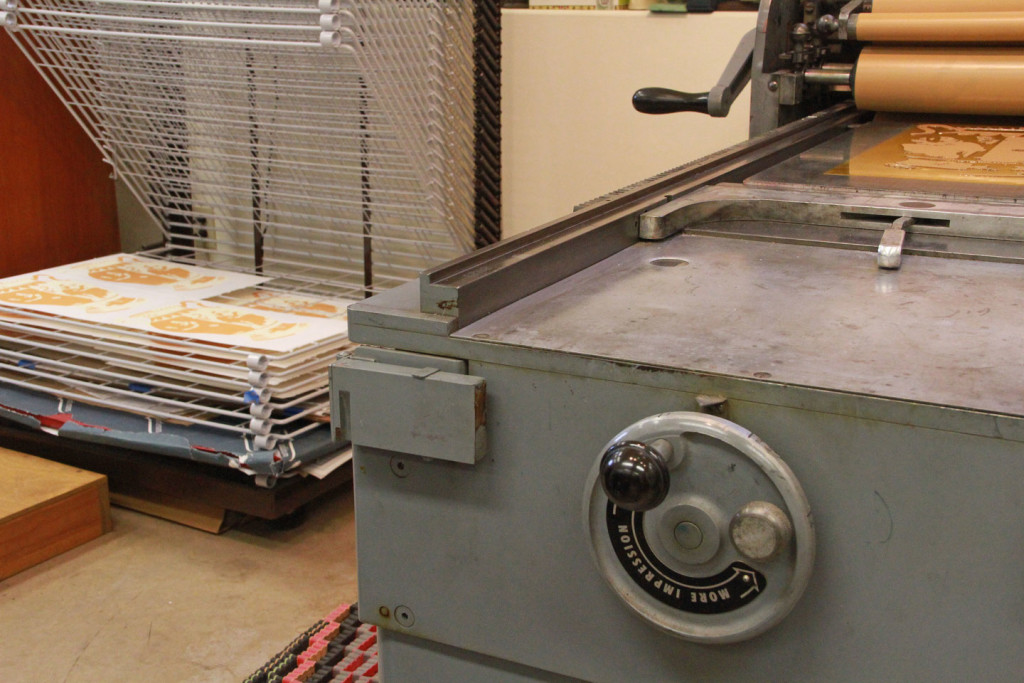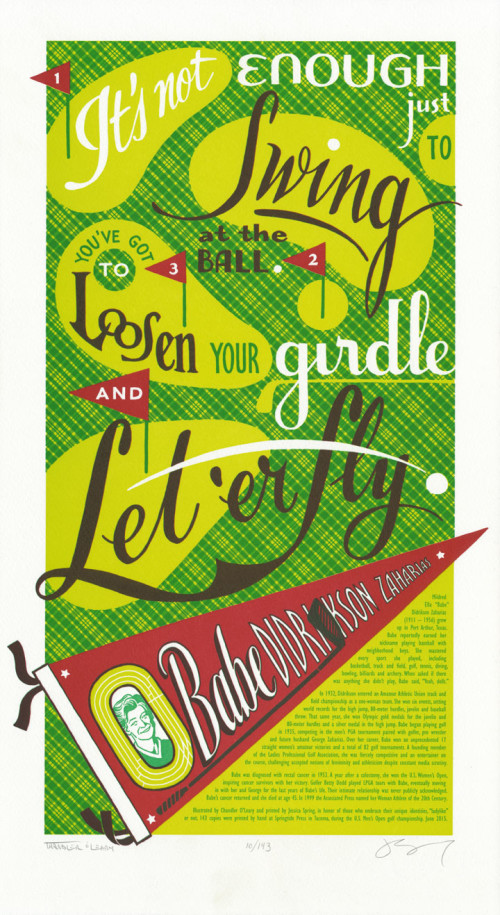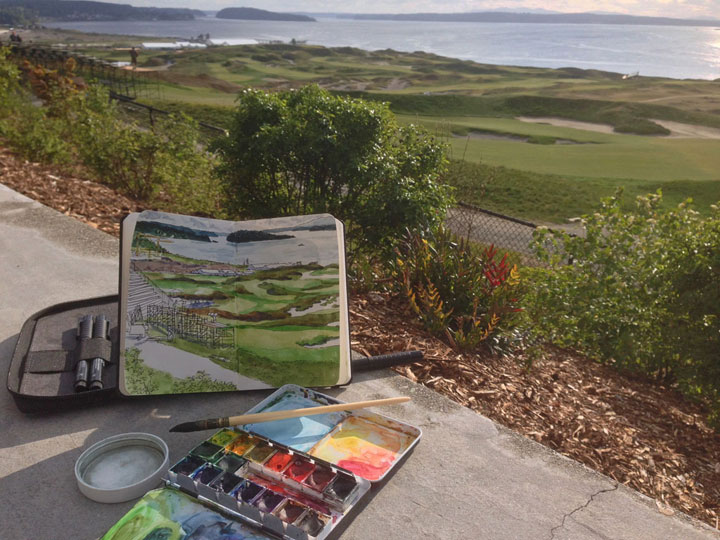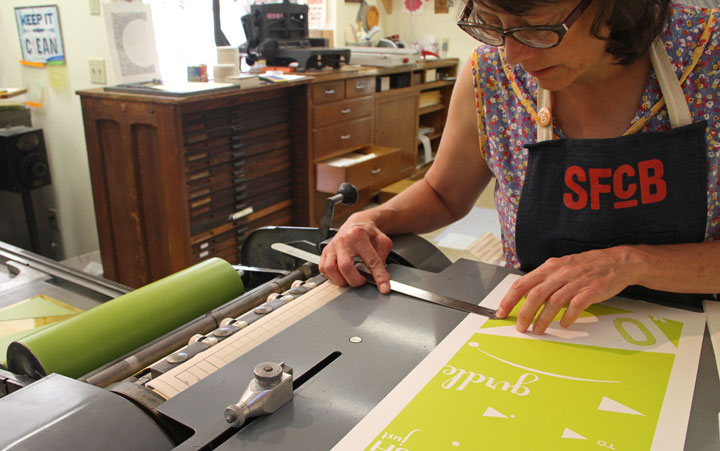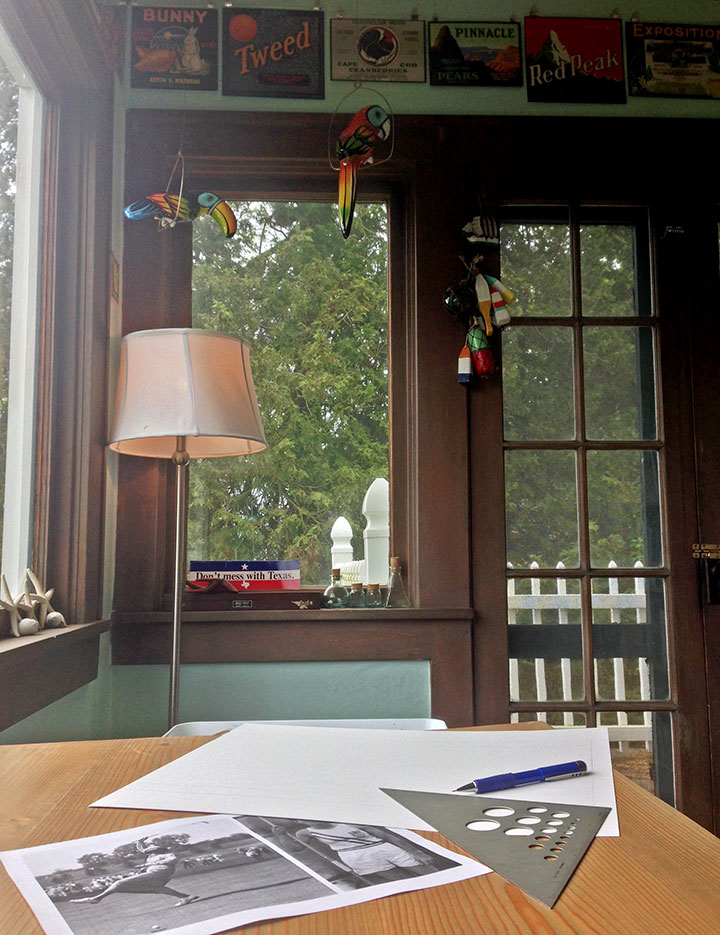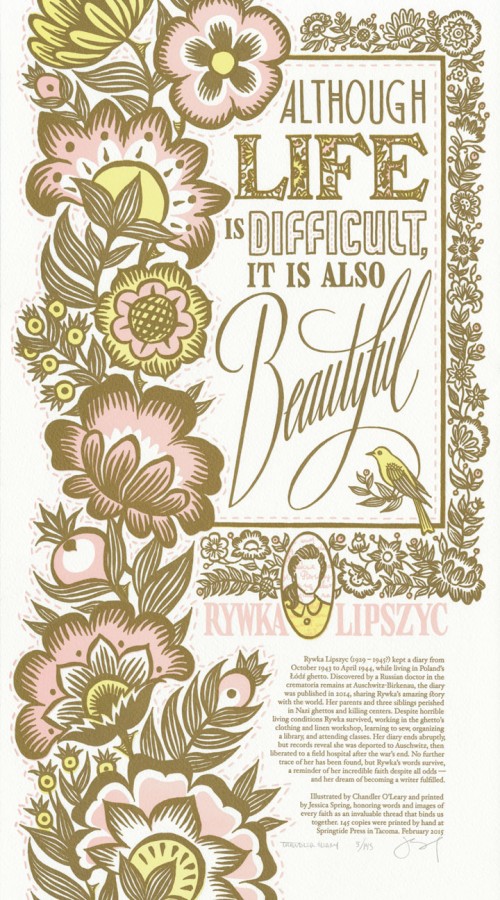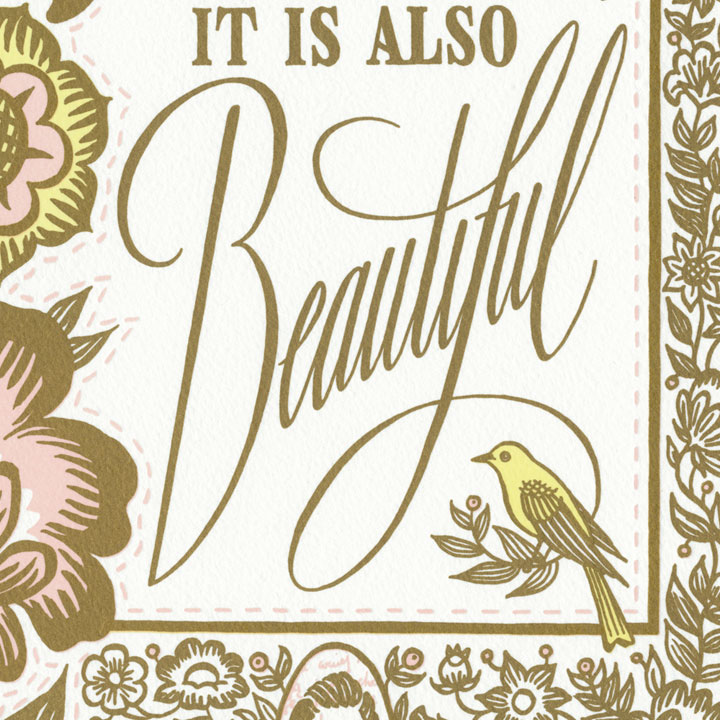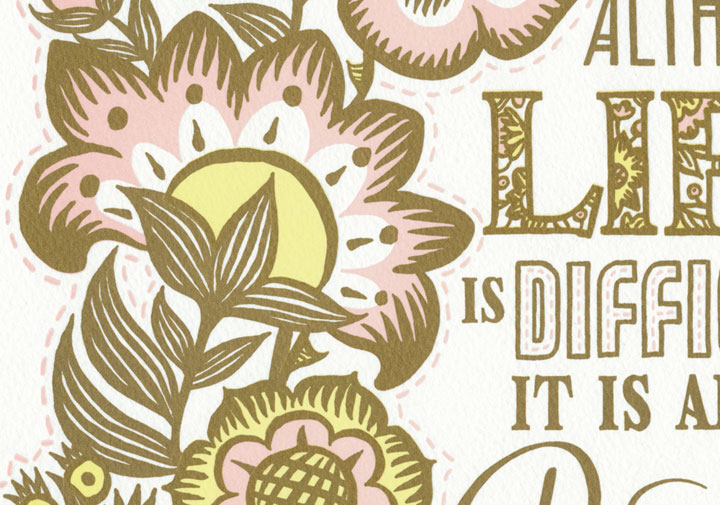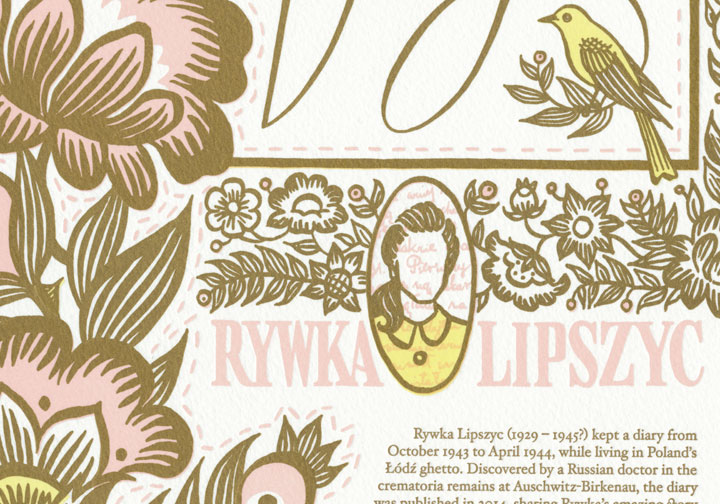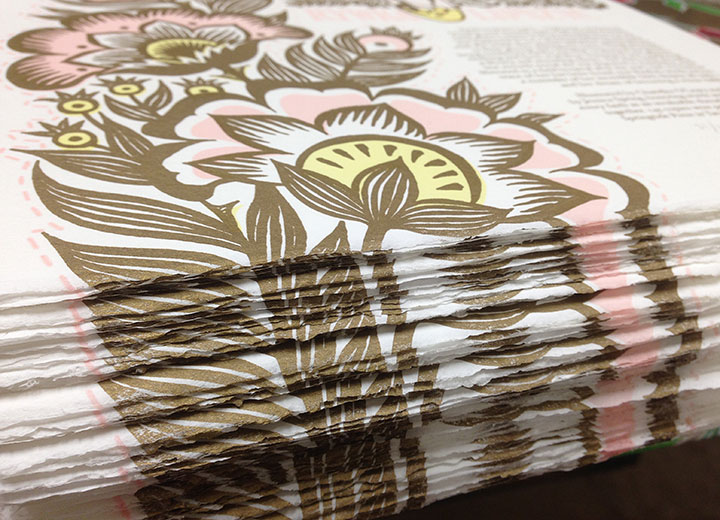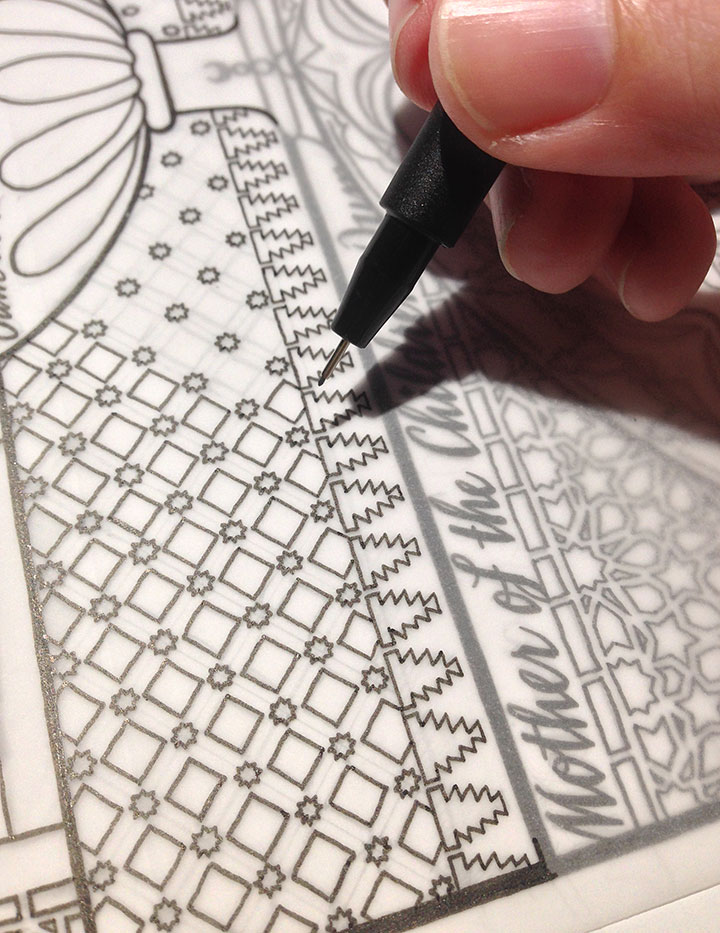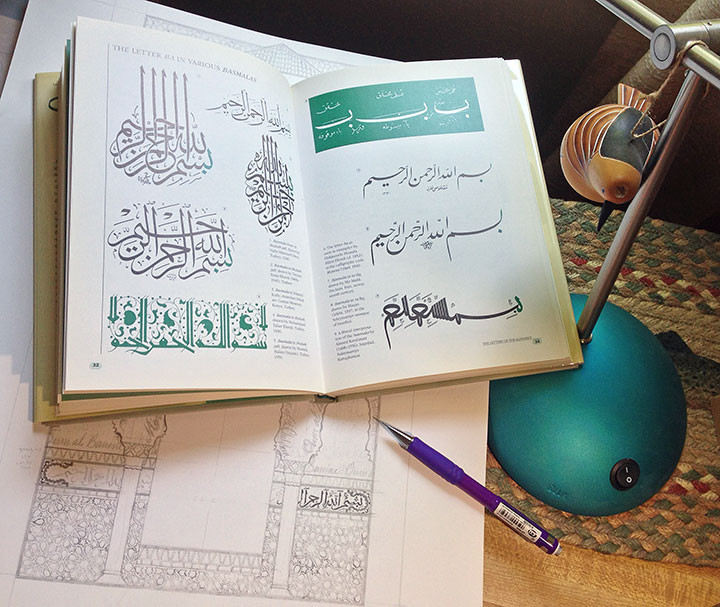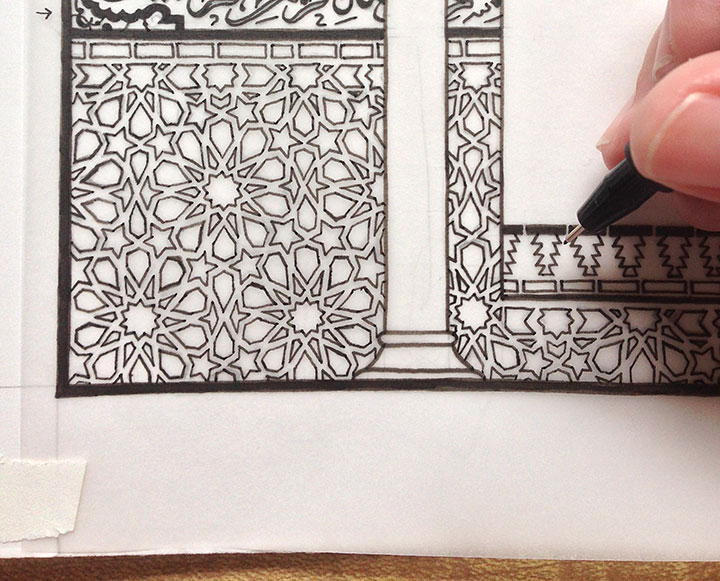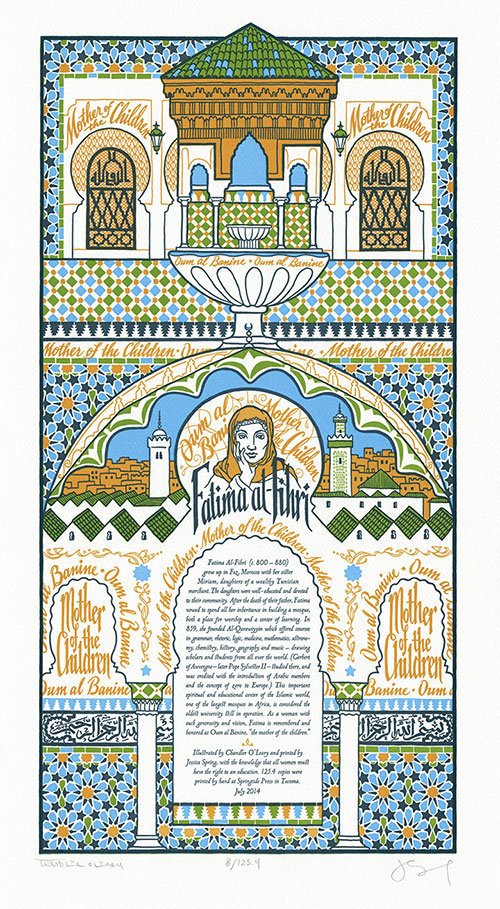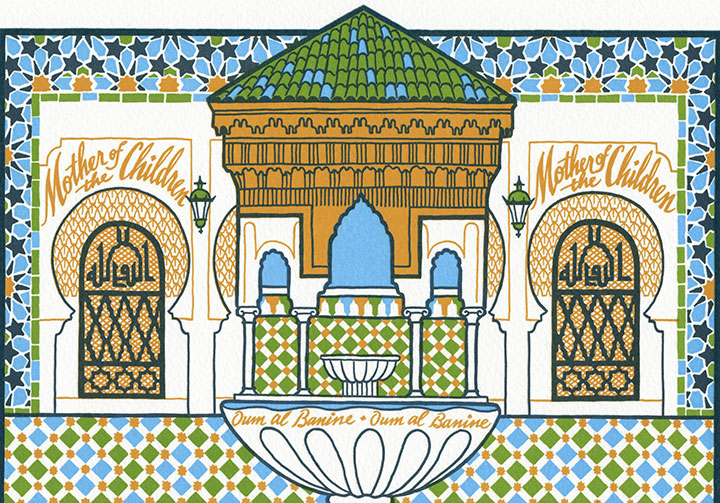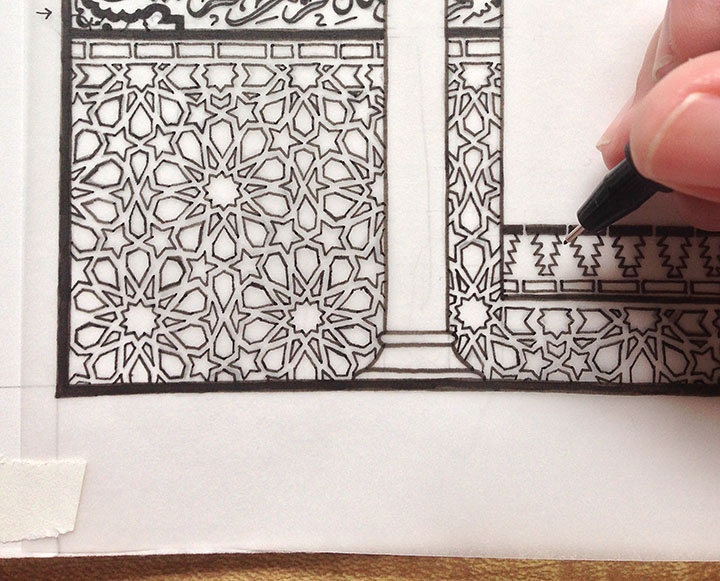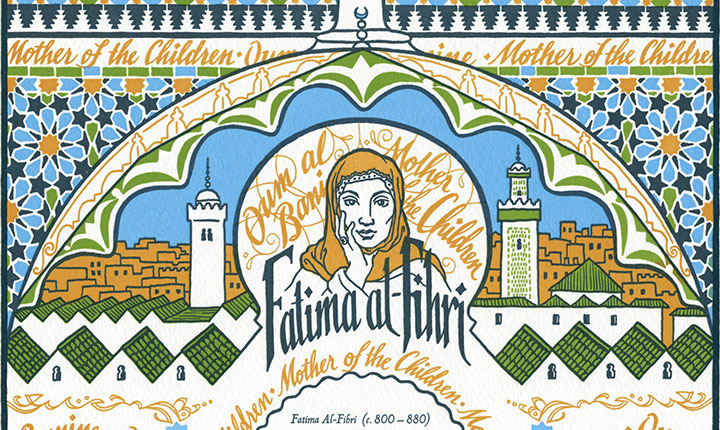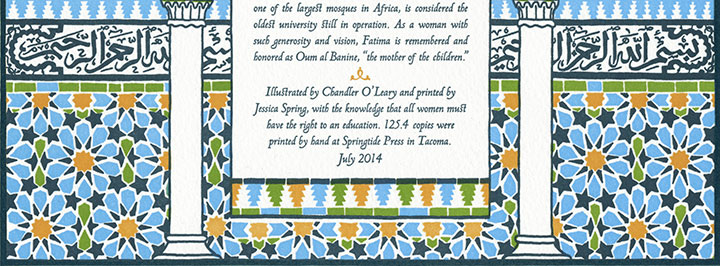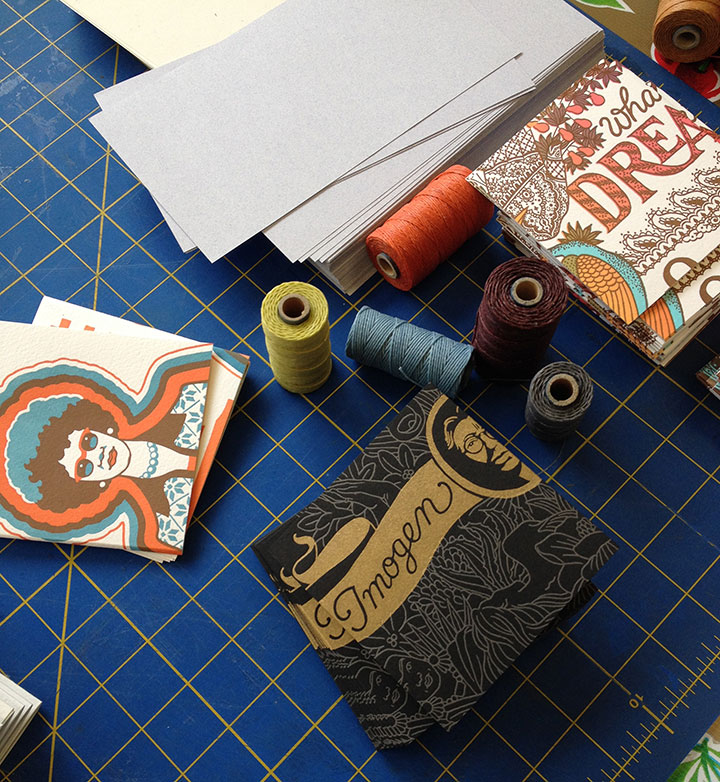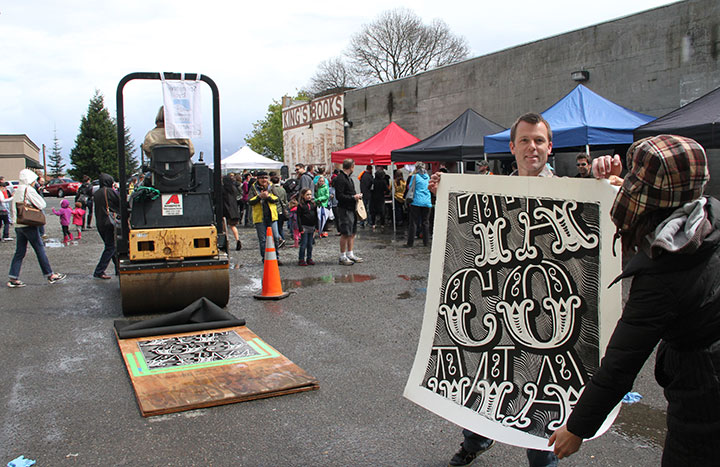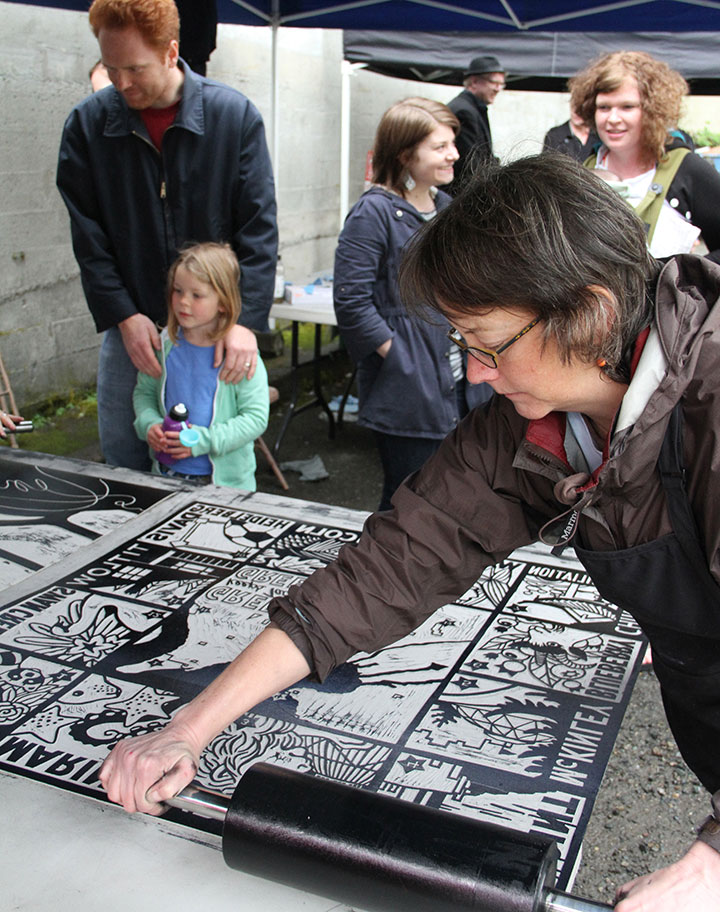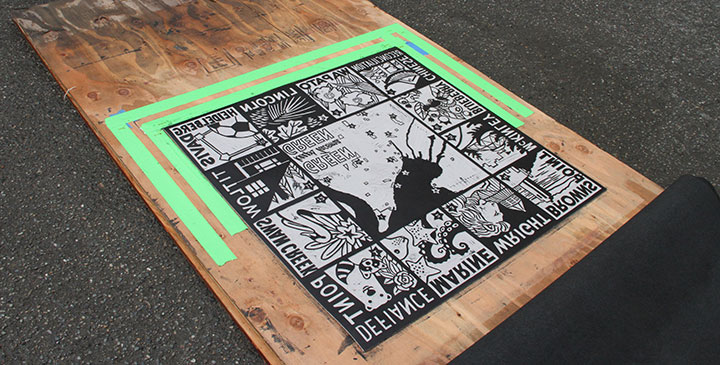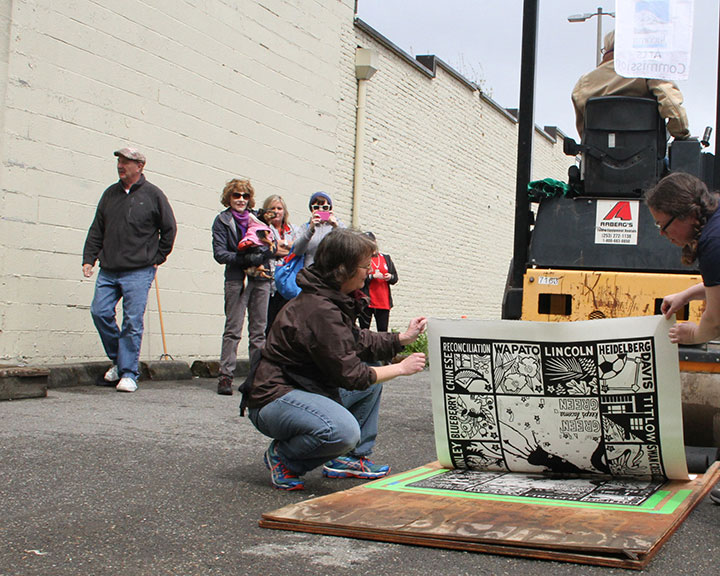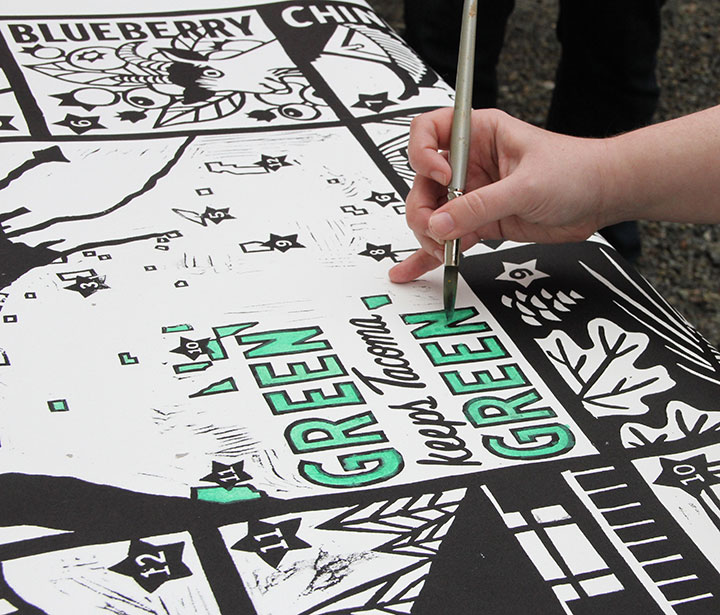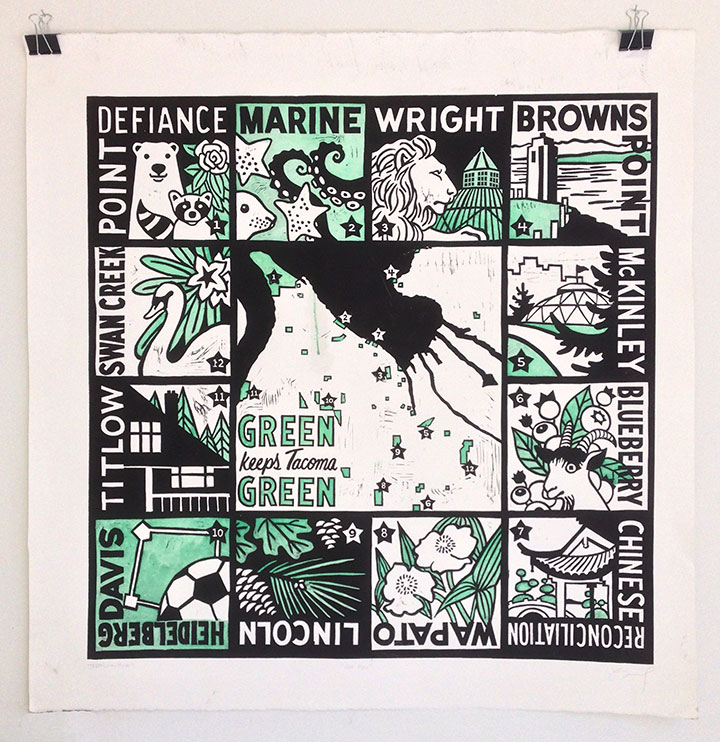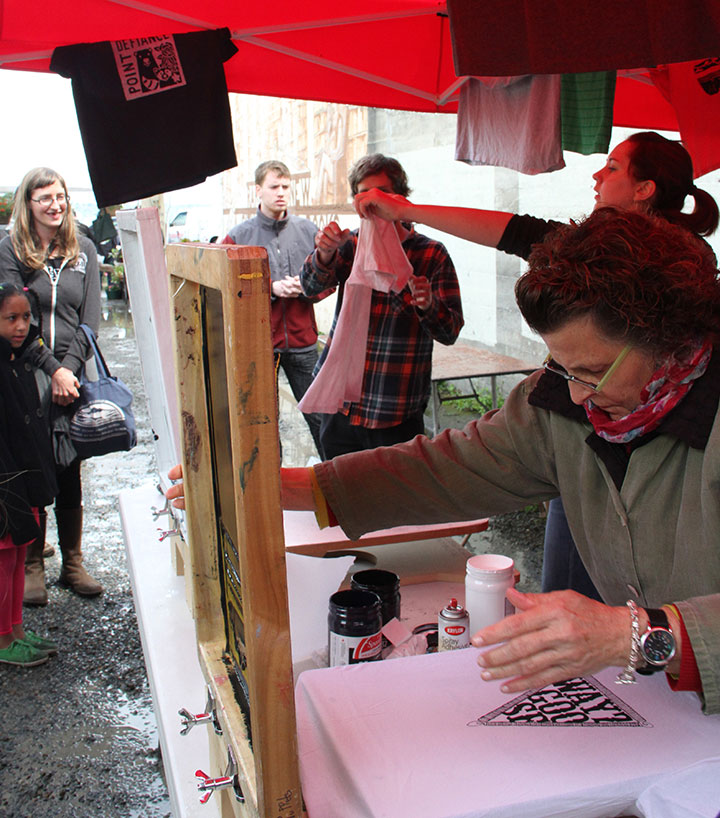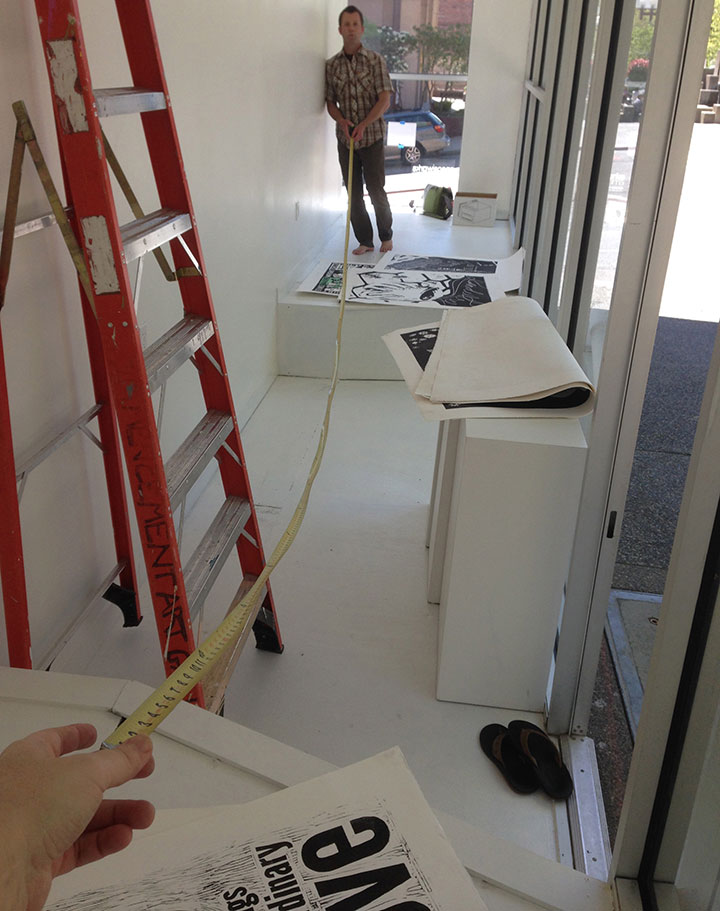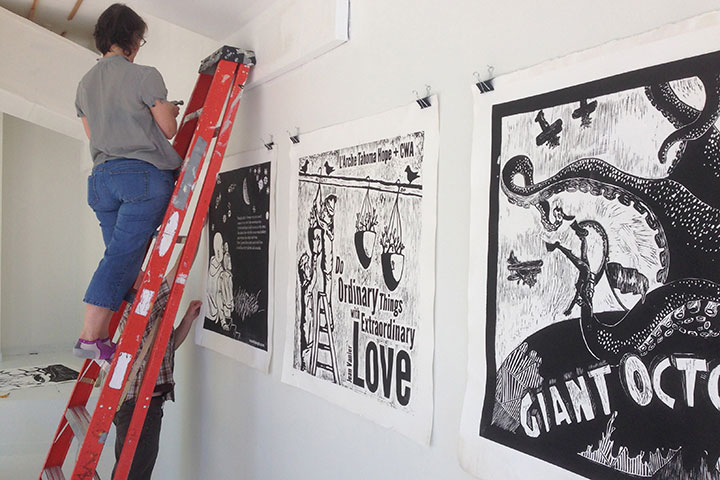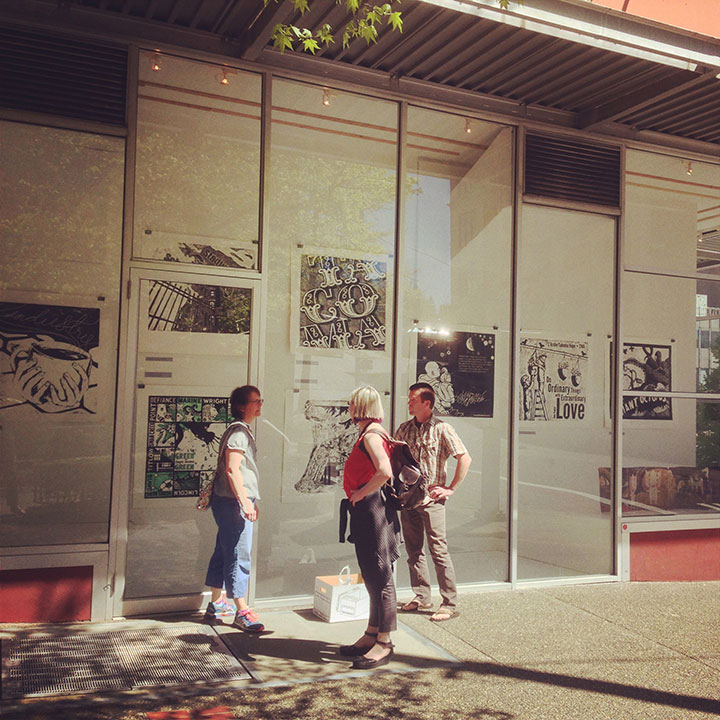If you happen to be in the Pacific Northwest right now, you might find yourself surrounded by plus-fours and golf claps. This weekend marks the final days of the U.S. Open golf championship, which is being hosted in our hometown for the first time ever. The Chambers Bay golf course is one of the most beautiful and challenging in the world, and the U.S. Open attracts talented athletes and a ton of media attention. Yet all the coverage has reminded us of the need for a more level playing field for all athletes. So for our newest Dead Feminist broadside, we’ve unleashed the irrepressible showmanship of a golfer and all-star athlete who was a real contender (regardless of gender):
It’s not enough just to swing at the ball. You’ve got to loosen your girdle and let ‘er fly. — Babe Didrikson Zaharias
Babe is best-known for her prowess as a golfer. On the course she was more than a champion: she was a superstar. By 1950 she had won every golf title available to her, and she is still remembered for her 17 straight amateur women’s victories—a feat still unequaled by anyone. Even though her life and career were cut short by illness, she is still one of the most decorated golfers of all time.
But Babe came late to golf—actually, she only switched focus entirely because she couldn’t maintain her amateur status as a golfer unless she gave up her other sports. Many have forgotten that she was also a champion at basketball, track and field, boxing, archery, tennis, diving, bowling, baseball and softball, roller skating and billiards—basically, a master at everything she tried. Babe was an all-star athlete in so many sports it’s hard to believe she was just one person. In fact, she demonstrated this fact by entering a 1932 amateur track and field championship as a one-women team. Babe qualified for three Olympic events (the maximum allowed at the time), but she actually finished first in five events and tied for first in a sixth, single-handedly racking up 30 team points. The second-place team? Well, they scored 22 points—with 22 members competing.
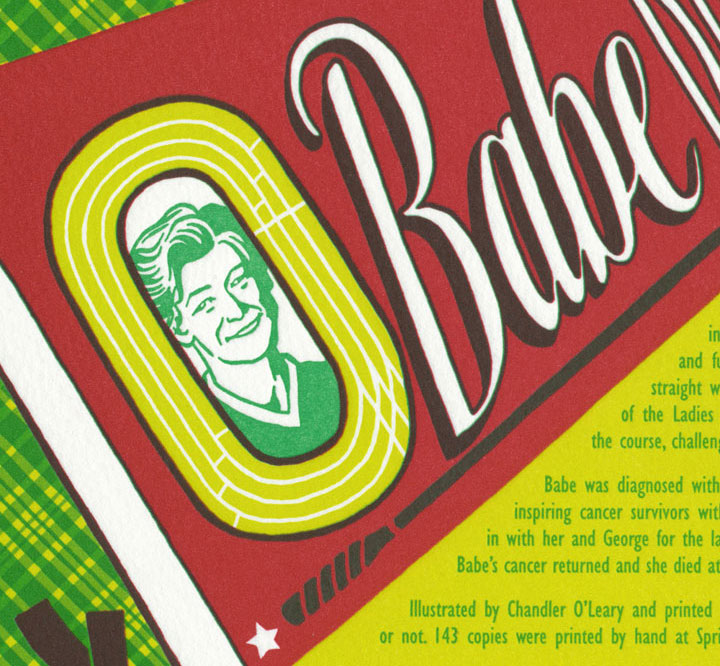
All of this is to illustrate how exceptional Babe was. People love to celebrate multi-event athletes like Michael Jordan or Deion Sanders for excelling at two sports, but how many of those guys were champions at half a dozen or more? Quite simply, Babe Didrikson Zaharias may just have been the greatest American athlete who ever lived. Period.
And this is where things get political. Just take a look at this list of the “Top 10 Greatest Multi-Sport Athletes“—Babe’s numbers blow every name on that list out of the water. (And she competed in many men’s events, as in her day there were often no women’s equivalents.) But Babe’s not on there. No women are. And that’s because even forty-plus years after Title IX, women athletes and women’s sports are of lesser value than their male counterparts. In fact, the words women’s and ladies’ are used as qualifiers, to denote an exception to the default. When you hear the name of a sporting event, and no gender is named, the assumption is that it’s a men’s event. (Heck, I’ve been hearing it all week in the golf coverage: it’s the “U.S. Open” and the “U.S. Women’s Open”—no mention of a “U.S. Men’s Open.”) When an athlete is recognized for her achievements, she is mentioned only on all-women lists. Some sports, like baseball and American football, have no “official” women’s equivalent—while others have different rules for the women’s version, like the arbitrary ban on body checking in women’s ice hockey. Women’s sports make a fraction of what men’s sports make in ticket sales and merchandising revenue. Men’s events still dominate the mainstream coverage air time on television, radio and news. And “you throw like a girl” is still an insult heard every day in America. We’re not advocating for co-ed sports here; we fully understand the practical rationale behind sex-segregation in athletics. But the differing value and respect our culture places on each is another matter entirely. Even the money male and female athletes win and earn is vastly disparate; take the U.S. Open, for example. The winner’s purse in the men’s tournament: $10 million. In the women’s tournament? Less than half, at $4 million. Apparently golf is played on a grass course with a glass ceiling.
In Babe’s lifetime, she was not only hampered by a host of restrictions on women competitors, she was also plagued by a media that ignored her accomplishments and focused instead on her tomboyish looks, brash demeanor and (lack of) relationship status. The pressure was relentless: the New York World-Telegram wrote, “It would be much better if she and her ilk stayed at home, got themselves prettied up and waited for the phone to ring.” Even Babe, known for her arrogant show-boating and fiercely competitive nature, started wearing lipstick and more feminine clothing, stating, “I know I’m not pretty, but I try to be graceful.” Many have even argued that she switched to golf and married George Zaharias simply to conform to societal pressures to look and act more ladylike. She certainly treated these changes as a media makeover—perhaps to get the press off her back and shift the focus back to her abilities. So Jessica and I can’t help but wonder how her career might have been different if “pretty” weren’t a factor—if she could have been recognized and remembered for who she was, rather than what she wasn’t.
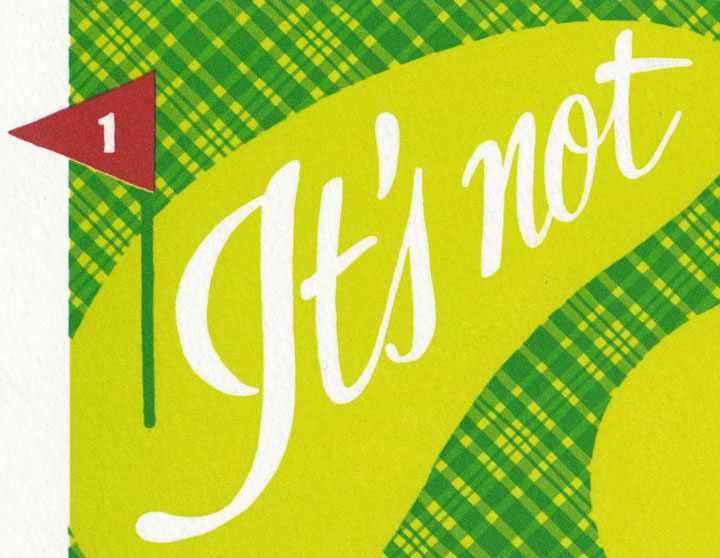
Since Babe was a marvel whose skill transcended all gender divisions, we wanted to make our broadside design as gender-neutral as possible. Instead, we focused on the game itself. Our 22nd broadside, Title Nine Iron, is a tribute to Babe’s best sport (with a nod to her beginnings as a track star), decked out in golf plaids and bright fairways. Follow the flags around the course with Babe’s quote, and let her words lift you over the rough and onto the green. And to keep our visual puns on par with our message of athletic equality, Babe’s bright red pennant is bedecked with a symbolic “Title IX” club: a nine iron.

Babe struggled throughout her career for recognition in the face of gender discrimination. Unfortunately, women athletes still face this sort of battle today—which makes legislation like Title IX incredibly important, even all these years later. So to help give girls everywhere equal access to sports and athletic training, we are donating a portion of our proceeds to the Women’s Sports Foundation. Founded in 1974 by tennis legend Billie Jean King, the Women’s Sports Foundation works to advance the lives of girls and women through physical activity.
• • • • • • • • • • • • • • • • • • • • • • • • • • • • • • • • • • • • • • • • • • • • • • • • • • • • • • • •
Title Nine Iron: No. 22 in the Dead Feminists series
Edition size: 143 prints
Poster size: 10 x 18 inches
Printed on an antique Vandercook Universal One press, on archival, 100% rag (cotton) paper. Each piece is numbered and signed by both artists.
Colophon reads:
Mildred Ella “Babe” Didrikson Zaharias (1911 – 1956) grew up in Port Arthur, Texas. Babe reportedly earned her nickname playing baseball with neighborhood boys. She mastered every sport she played, including basketball, track and field, golf, tennis, diving, bowling, billiards and archery. When asked if there was anything she didn’t play, Babe said, “Yeah, dolls.”
In 1932, Didrickson entered an Amateur Athletic Union track and field championship as a one-woman team. She won six events, setting world records for the high jump, 80-meter hurdles, javelin and baseball throw. That same year, she won Olympic gold medals for the javelin and 80-meter hurdles and a silver medal in the high jump. Babe began playing golf in 1935, competing in the men’s PGA tournament paired with golfer, pro wrestler and future husband George Zaharias. Over her career, Babe won an unprecedented 17 straight women’s amateur victories and a total of 82 golf tournaments. A founding member of the Ladies Professional Golf Association, she was fiercely competitive and an entertainer on the course, challenging accepted notions of femininity and athleticism despite constant media scrutiny.
Babe was diagnosed with rectal cancer in 1953. A year after a colostomy, she won the U.S. Women’s Open, inspiring cancer survivors with her victory. Golfer Betty Dodd played LPGA tours with Babe, eventually moving in with her and George for the last years of Babe’s life. Their intimate relationship was never publicly acknowledged. Babe’s cancer returned and she died at age 45. In 1999 the Associated Press named her Woman Athlete of the 20th Century.
Illustrated by Chandler O’Leary and printed by Jessica Spring, in honor of those who embrace their unique identities, “ladylike” or not. Printed by hand in Tacoma during the U.S. Men’s Open golf championship.
Now available in the shop!
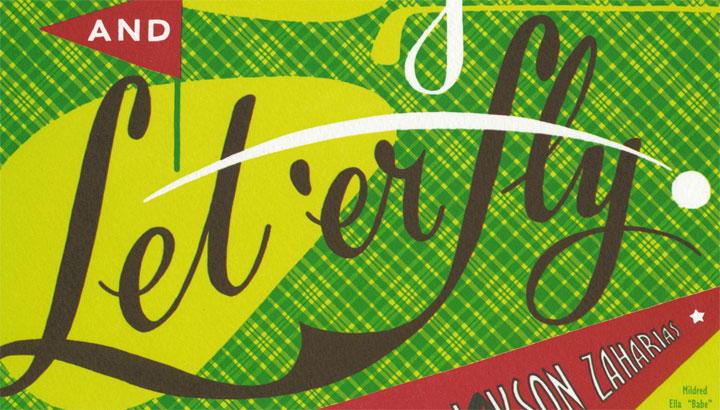
Save
